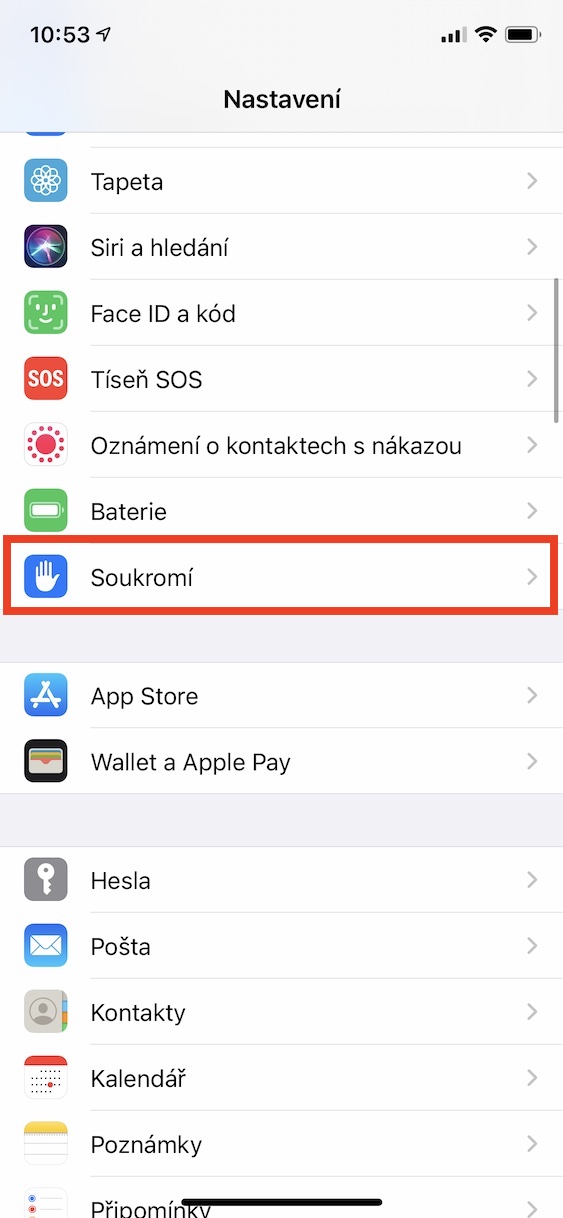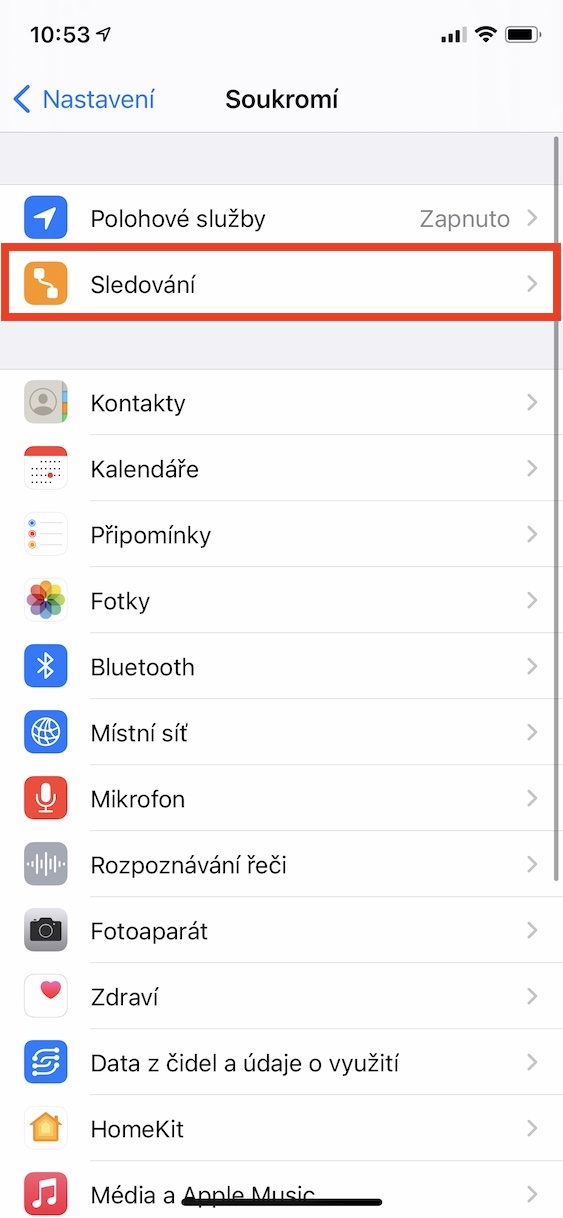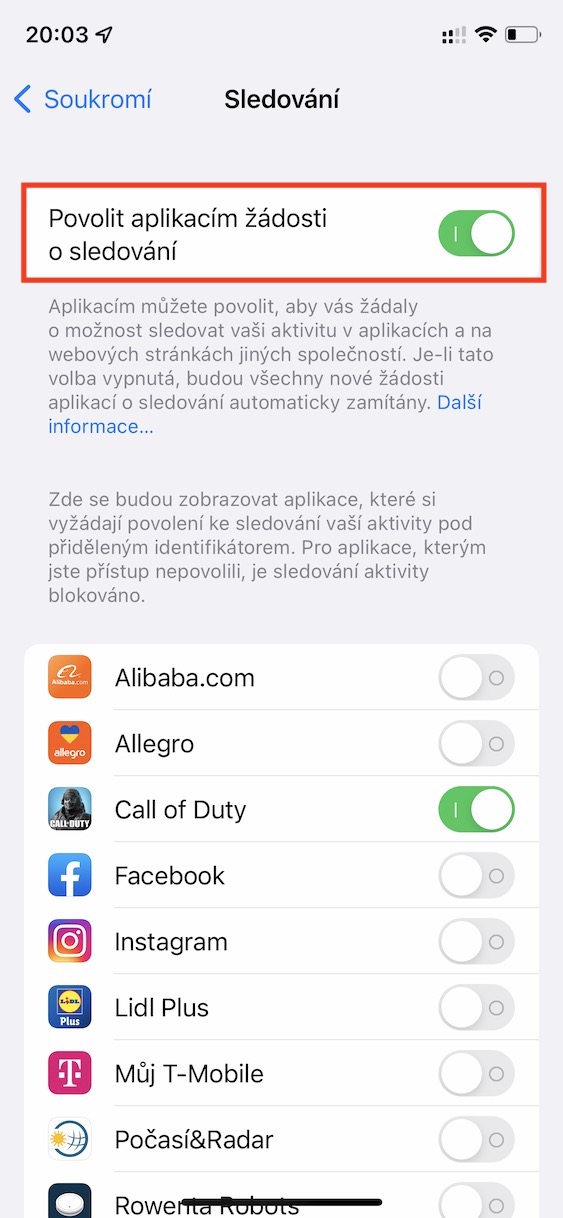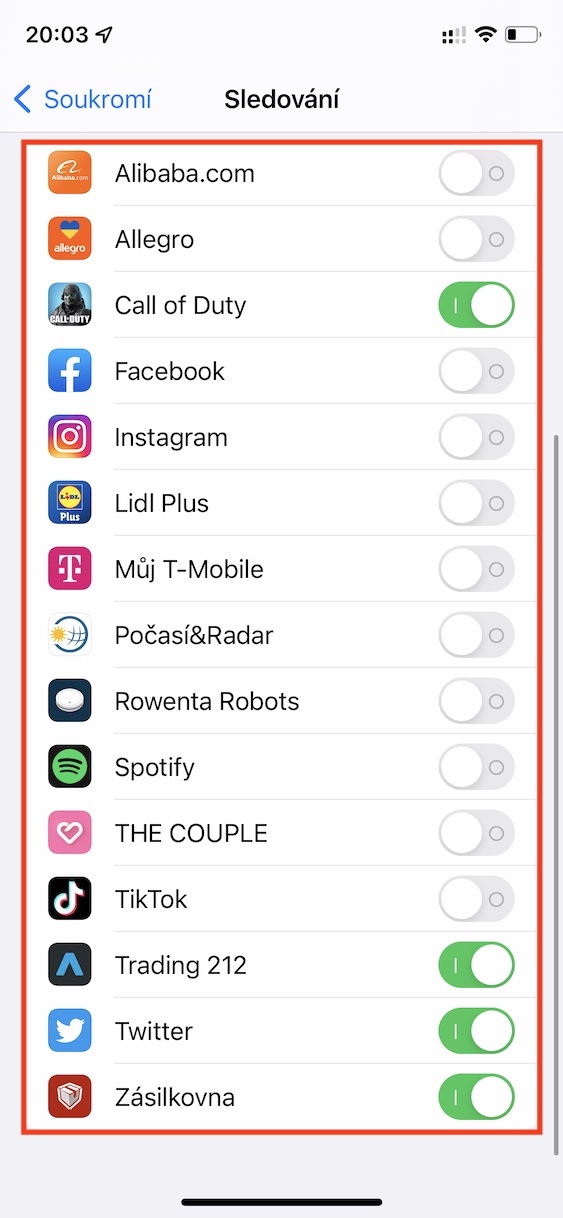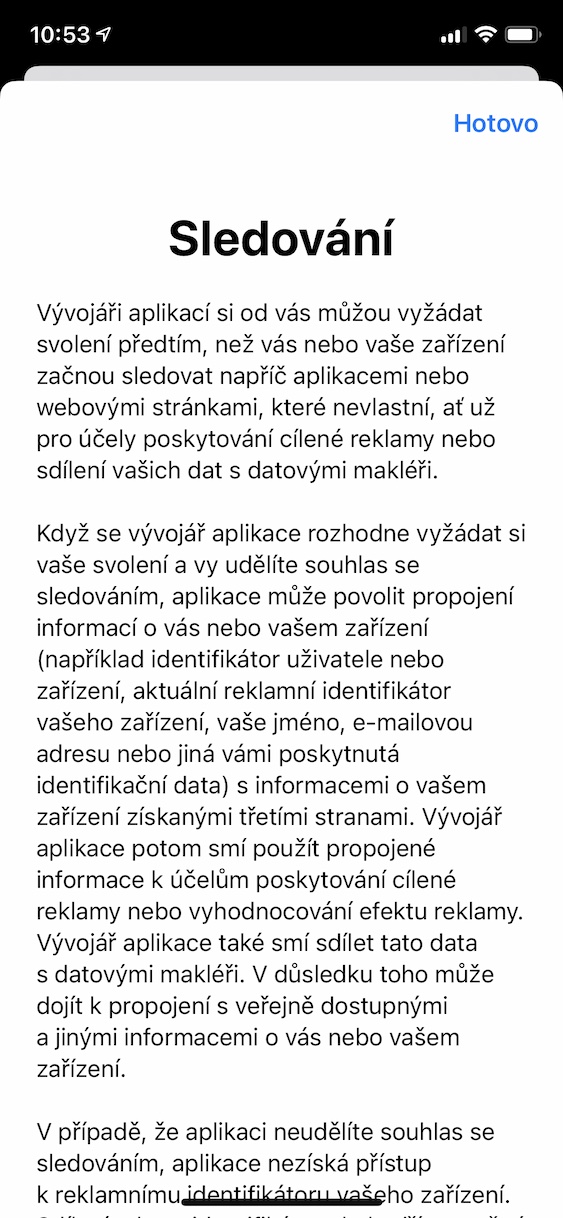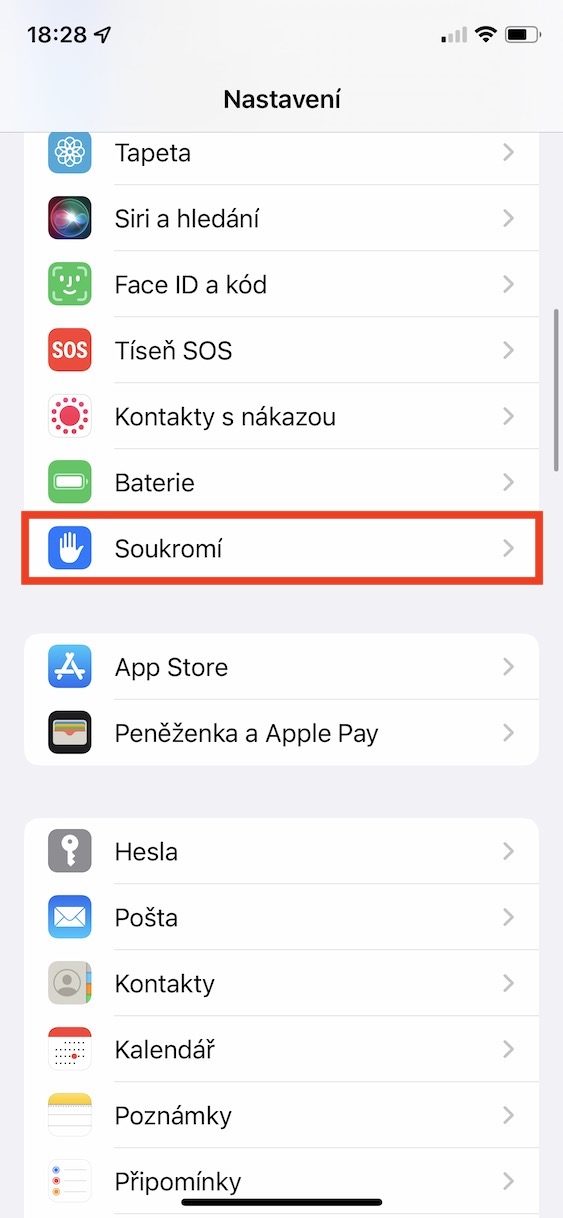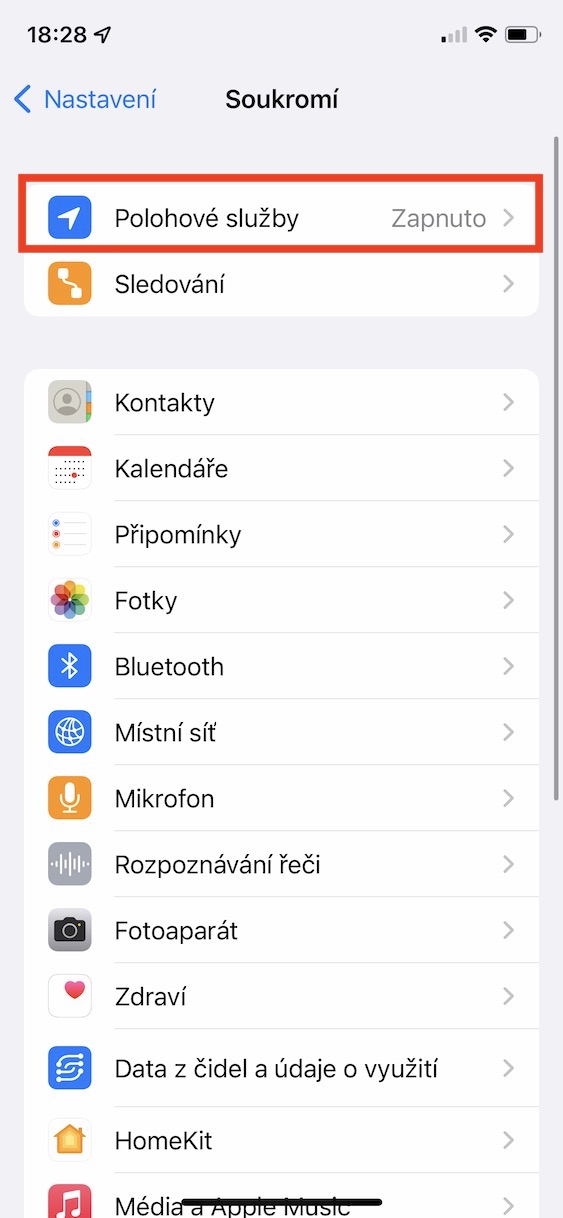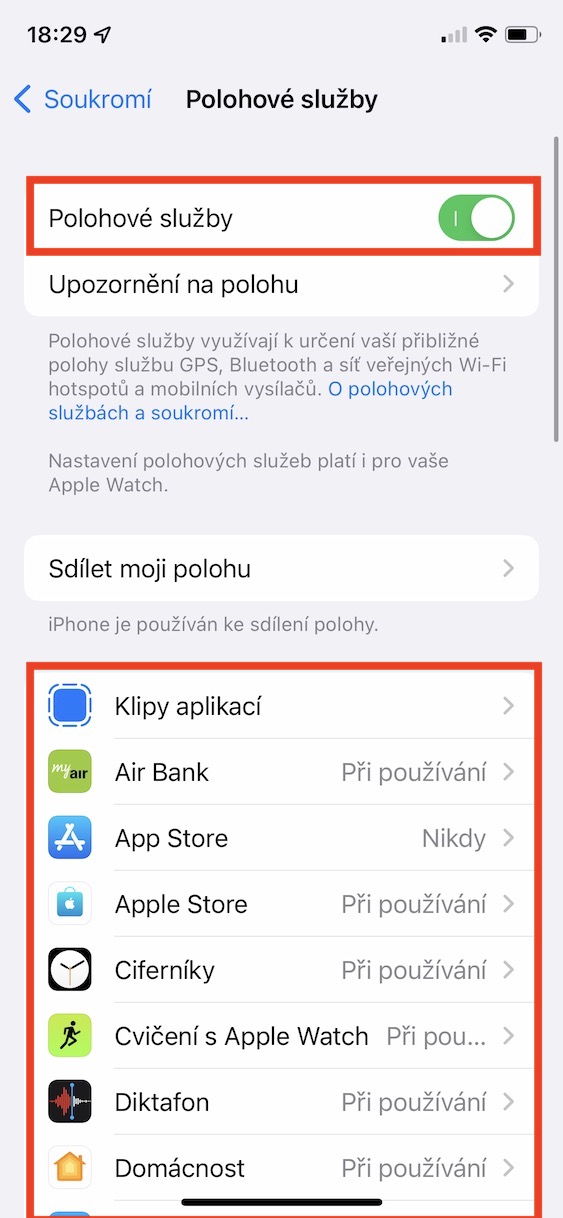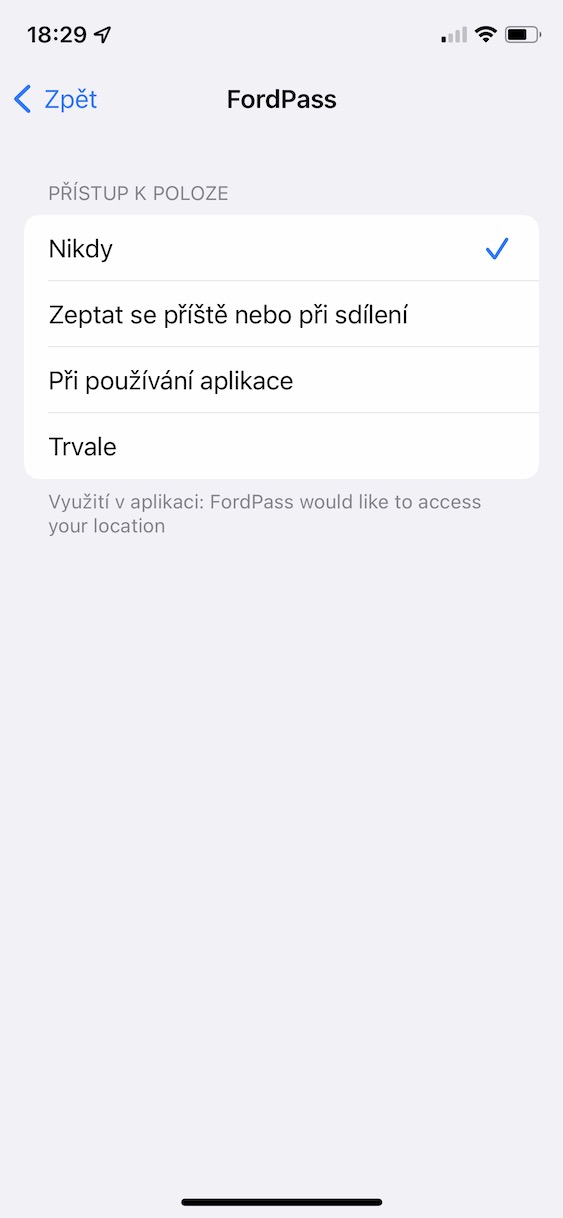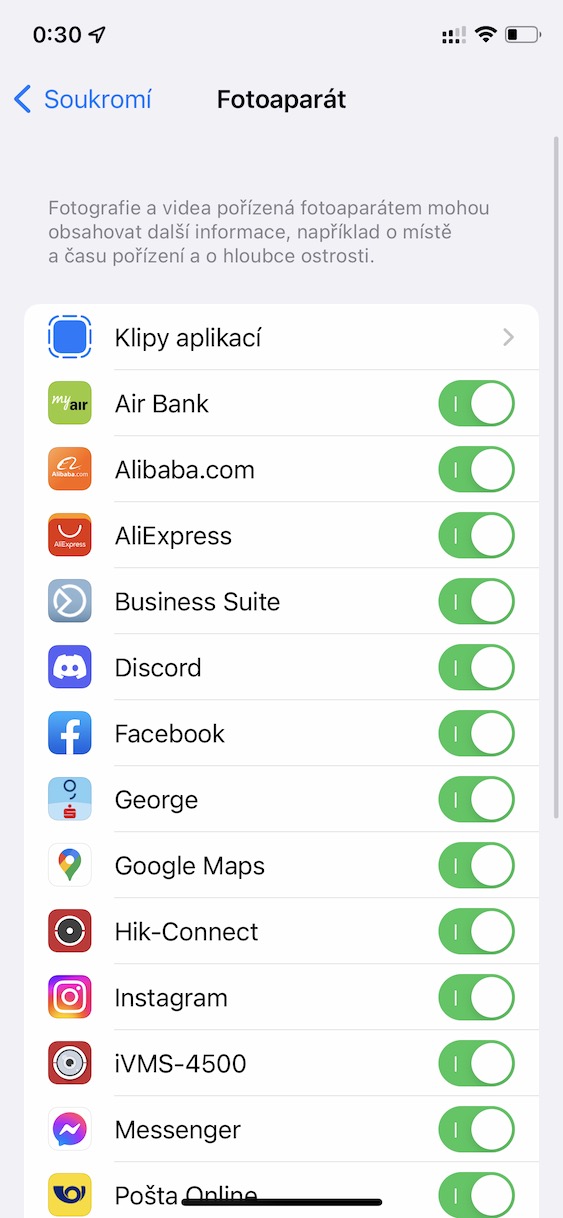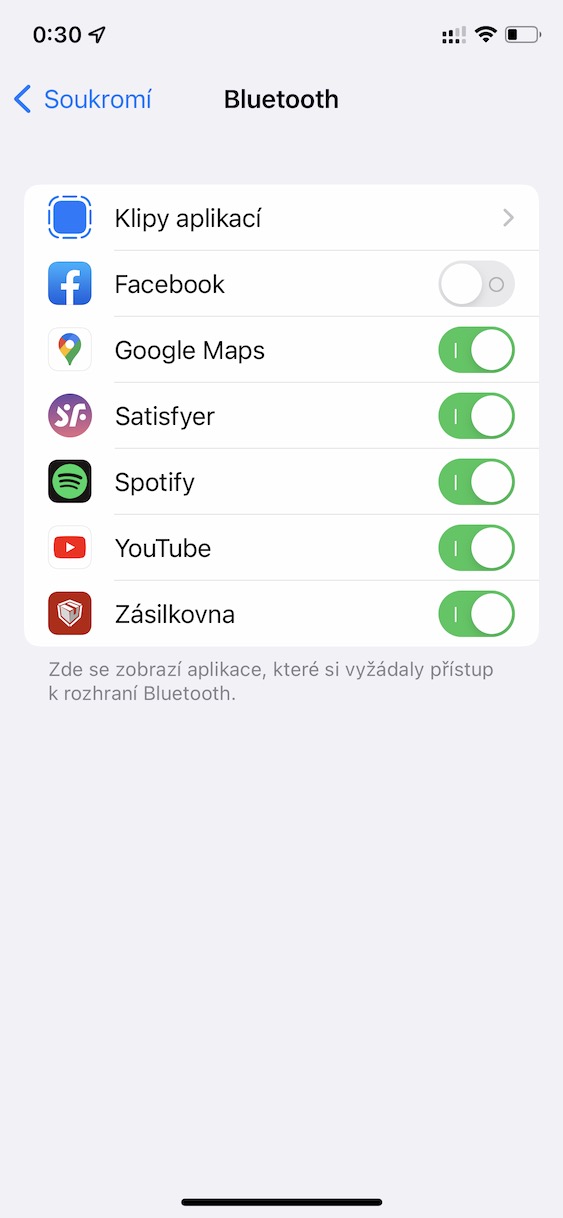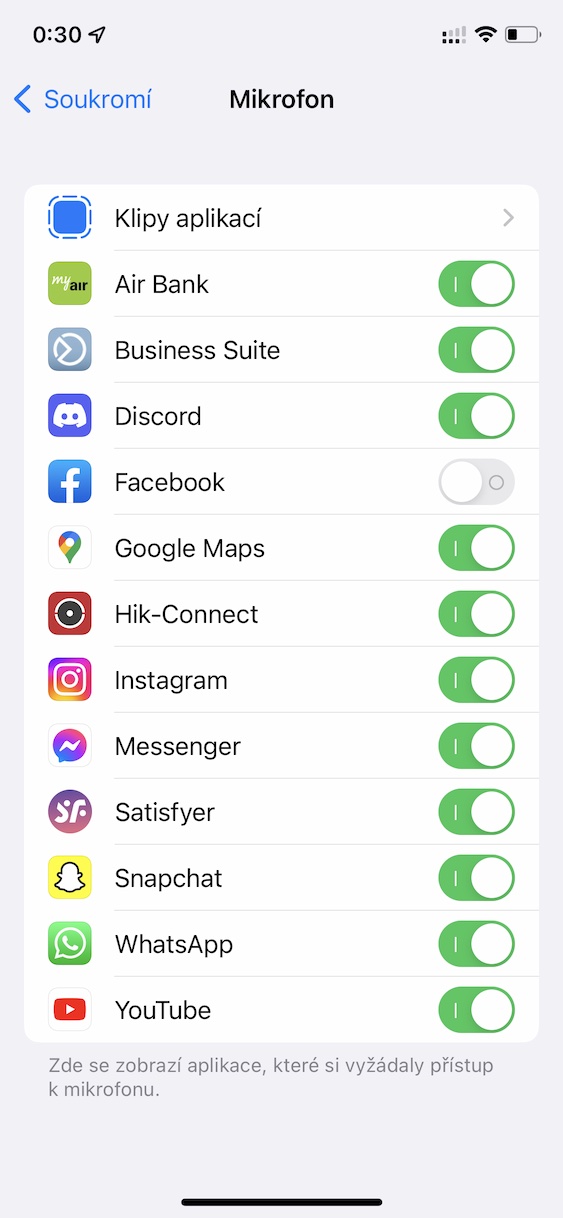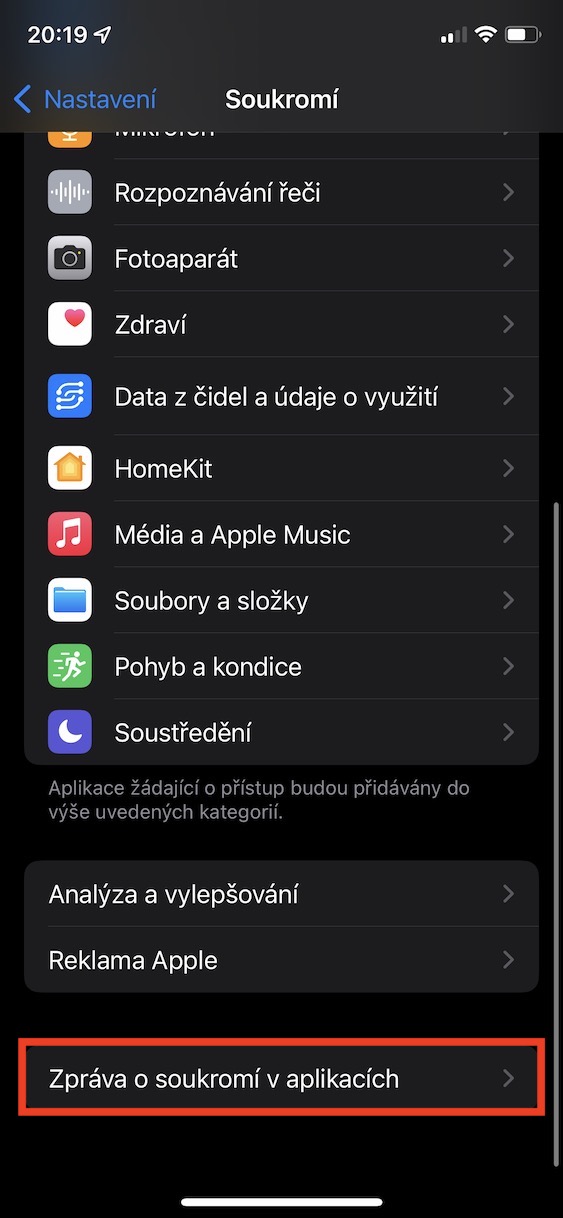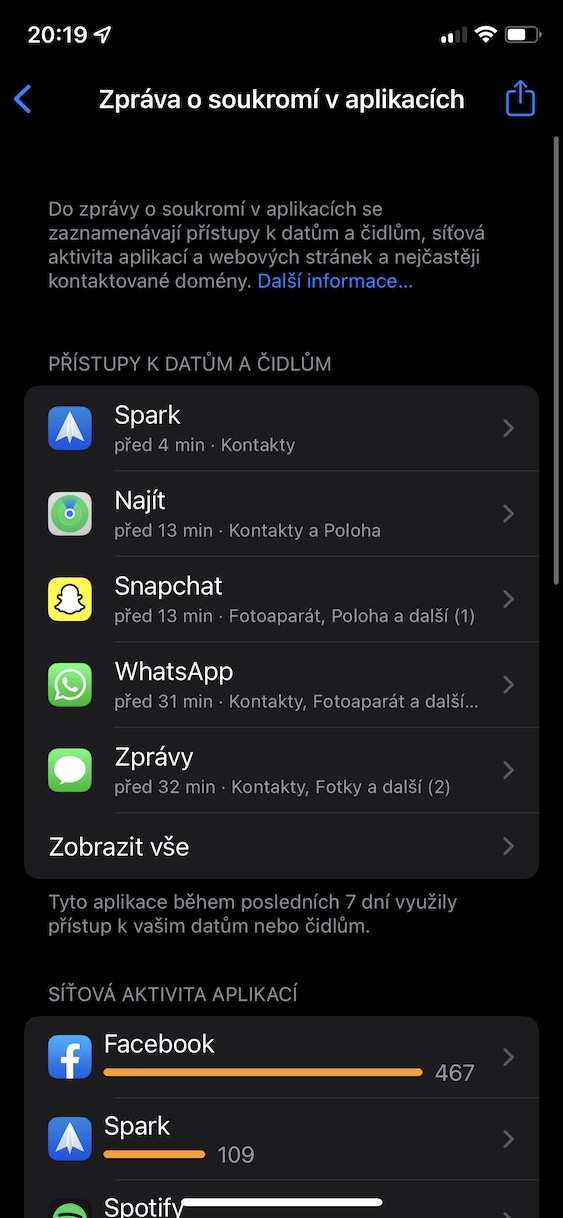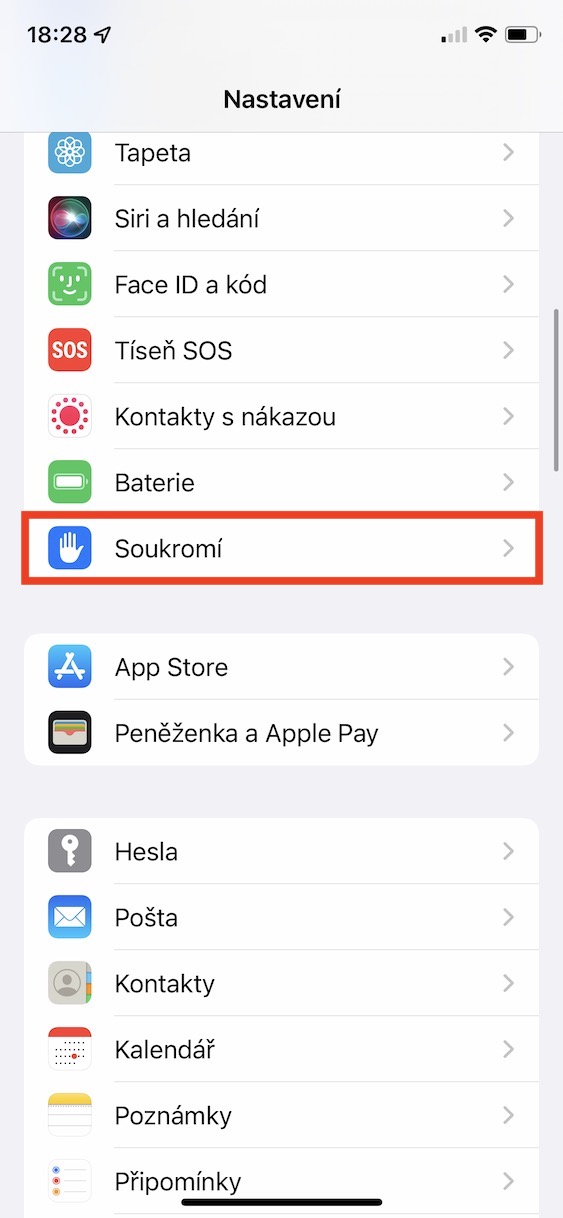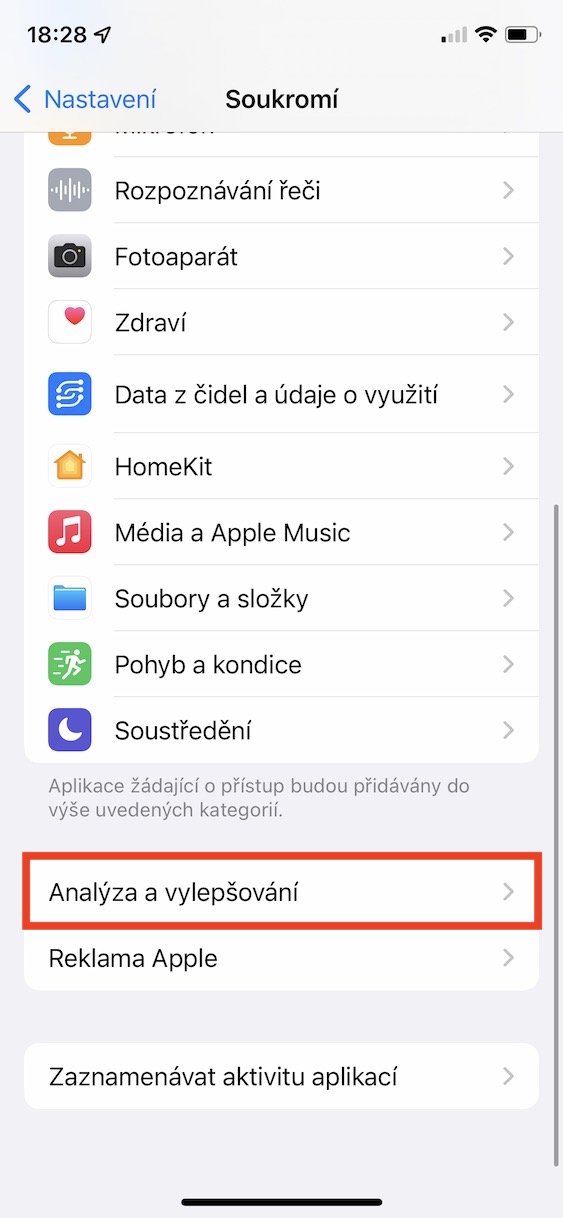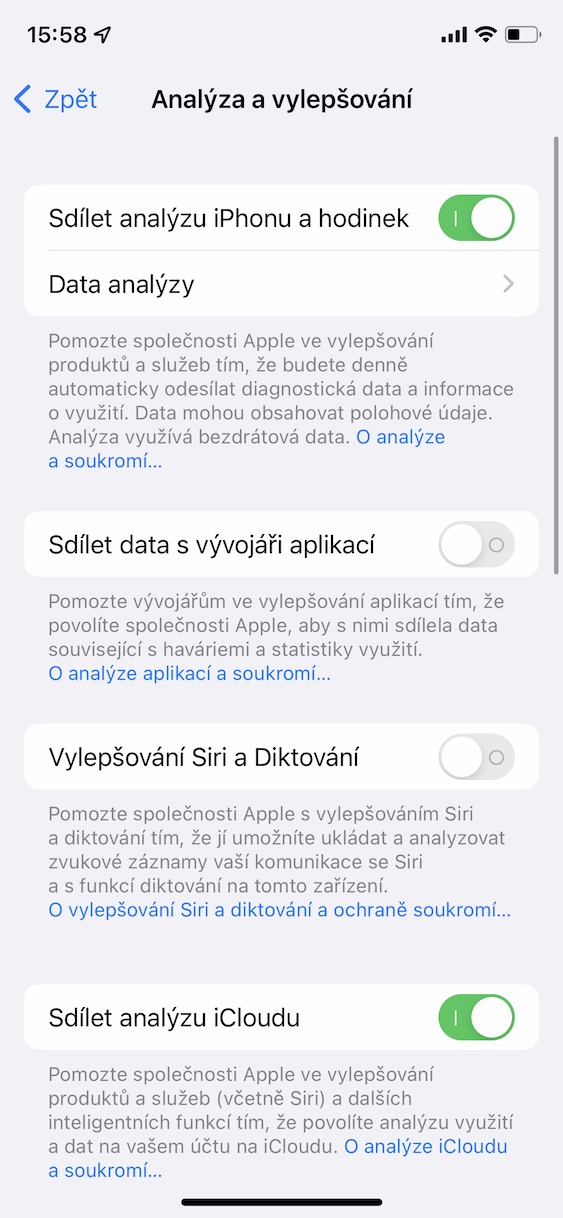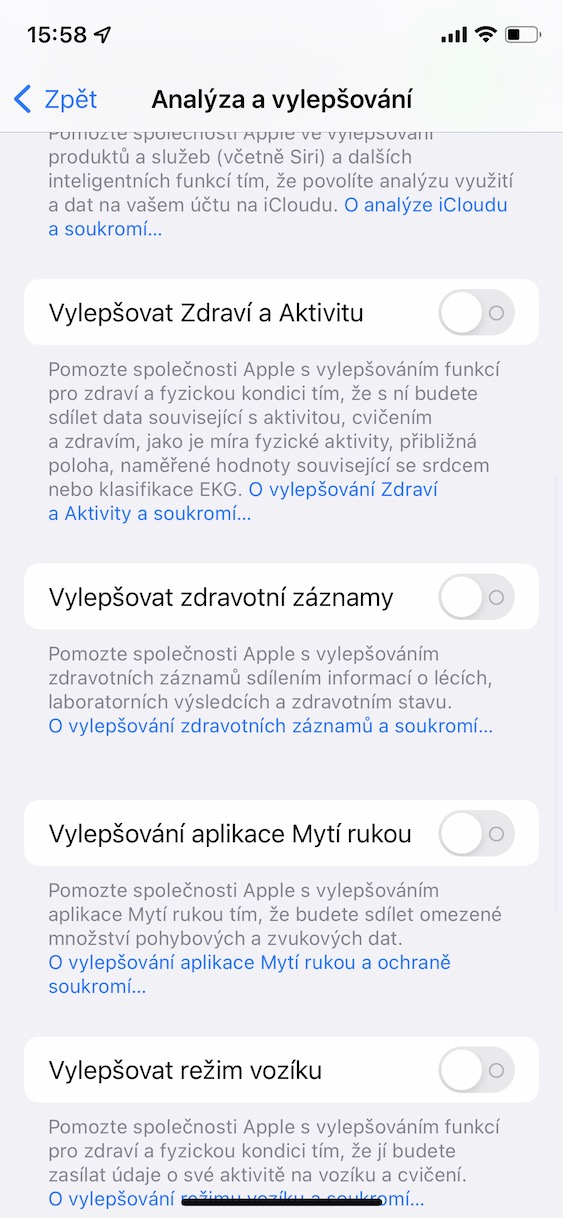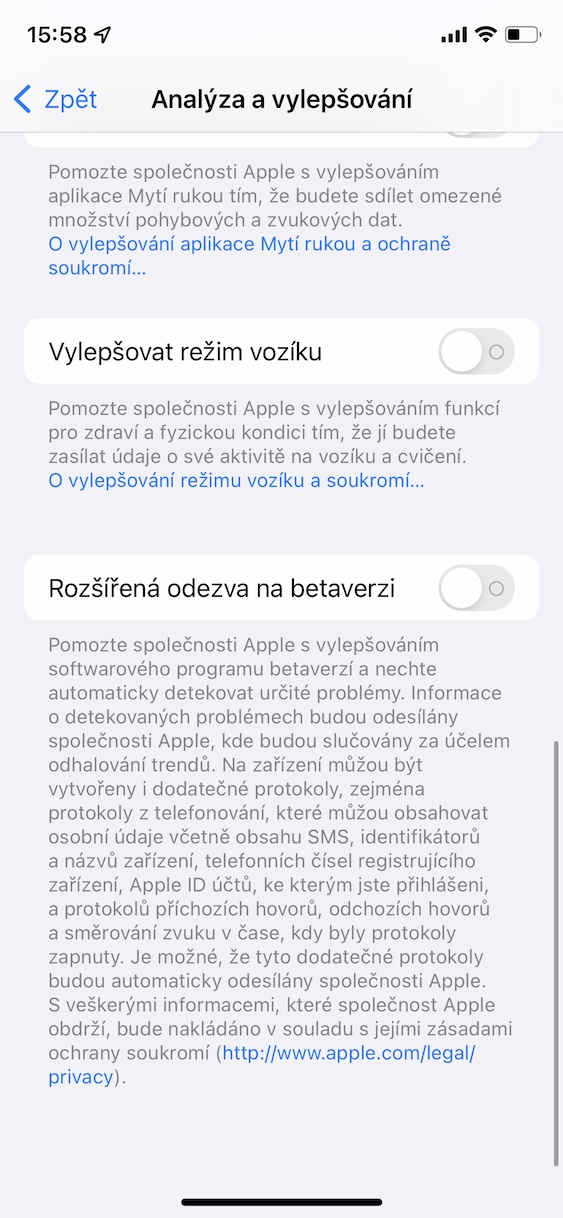Customer privacy and security are extremely important these days. The best work in this regard is done by Apple, which is constantly coming up with new features in its systems, with the help of which users can feel even more secure. If you would like to gain better control over privacy on your iPhone, then in this article you will find a total of 5 tips and tricks that will help you with this. Let's get straight to the point.
It could be interest you
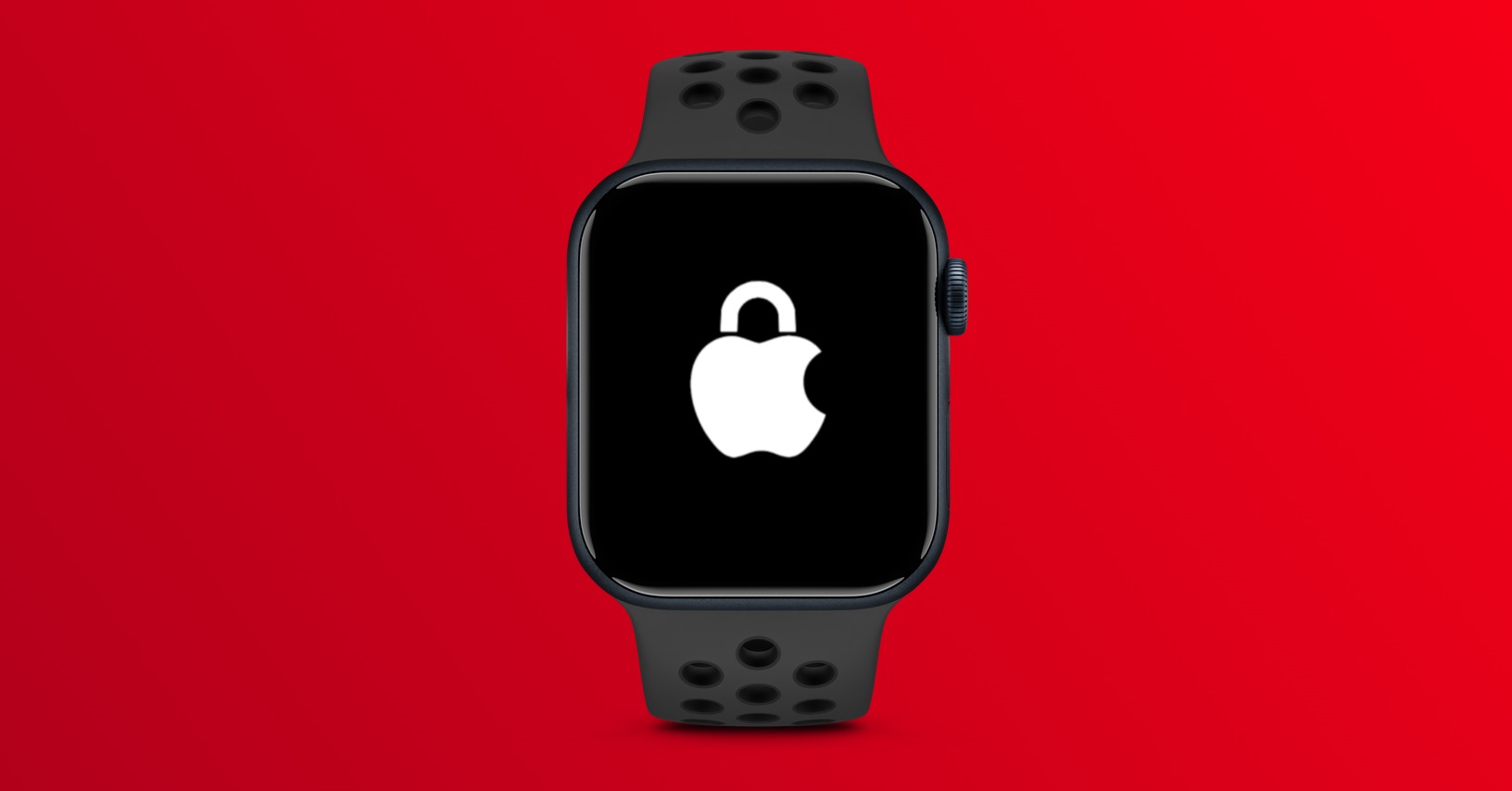
Tracking requests
Apps you install can track you in various ways. This means that they can get some personal data that can then be used for more precise ad targeting etc. Of course, users were not happy about this, so Apple recently came up with the Tracking Requests feature. Thanks to this feature, you will ensure that applications will not be able to track you in any way without your consent. You will be prompted for tracking every time you start a new application for the first time, but you will perform overall management in Settings → Privacy → Tracking, where you can enable or disable tracking using switches for individual applications. Alternatively, you can completely turn off requests here, which will automatically deny tracking in applications.
Management of location services
Some apps and websites may ask you for permission to track your location. Thanks to this, they are then able to find out exactly where you are, which is again often used to target ads more precisely. The good news is that even in this case, you can deny apps and websites access to your location. You can do so again after starting the application for the first time or after switching to the website. However, you can perform complete administration in Settings → Privacy → Location Services. Here it is possible to turn off location services completely, or you can click on individual applications below and perform location management individually, including setting access only to the approximate location.
Setting application rights
When you start an application on your iPhone for the first time, the system will first ask you if you want to allow it access to various data and sensors. For example, a dialog box may appear in which you can allow or deny access to photos, contacts, camera, microphone, Bluetooth, etc. But it may simply happen that you reconsider your choice, or you may sometimes want to check the application rights. Of course you can, just go to Settings → Privacy, where are you open the relevant sensor or data type, and then allow or deny access in the application list.
In-App Privacy Report
In the previous paragraph, I mentioned the options for setting application rights to access sensors and data. But the truth is that if you do not find out that an application is accessing sensors or data that you do not want, you will practically not know about the rights of the applications. However, this used to be the case, as Apple recently came up with a new app Privacy Report interface. In this interface, you can easily check which applications have recently accessed certain sensors and data, or which domains have been contacted. Subsequently, you can simply remove the accesses. You can find this interface in Settings → Privacy → Privacy report in apps.
Manage analytics submissions
The iPhone, along with other Apple devices, may send various analytics data to developers in the background. All this data is primarily intended to improve applications and the system - in addition to developers, it can also be sent to Apple itself. However, if for some reason you do not believe that the data is being handled well, or if you have any other suspicions, you can deactivate the sending of analyses. You can do this by going to Settings → Privacy → Analytics and improvements. Here, all you have to do is deactivate each option using the switches.
